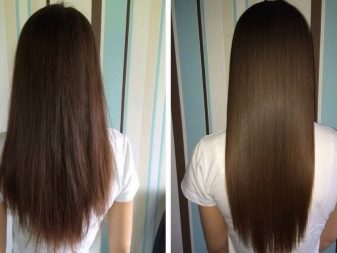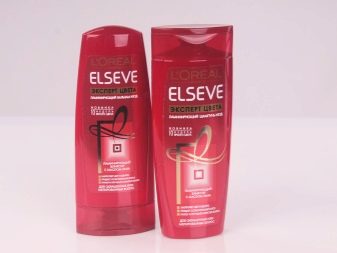Hair lamination: what is it and how to do it, pros and cons, types
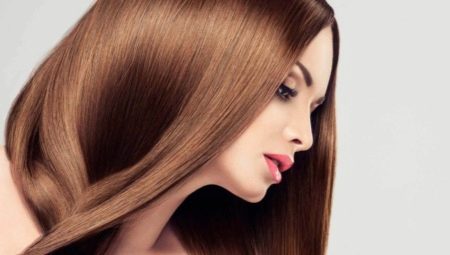
To make the hairstyle to the face, look attractive and not fall apart due to the slightest breath of wind, many women are ready to spend half of the morning in front of the mirror - wash, dry, style, use styling, and so on almost every day. And if your hair is naughty, fluffy, curly, you often have to straighten it. And such a beauty challenge - every day. But you can make your morning preparations easier. A simple hair lamination procedure will help with this.

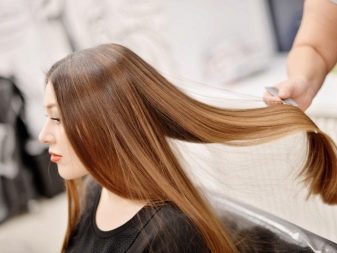
Peculiarities
In the price list of one beauty salon, you will be offered cementing, in another, the service will be called glazing, in the third - biolamination. And this is not a complete list of possible names for essentially the same method. There are differences, but they only emphasize the relationship of procedures, the task of which is to make hair smooth, shiny, silky, visually more lively and obedient.

It all began about 20 years ago, when the German company GoldWell, with the help of Japanese technologists, introduced a unique dyeing technology to the hairdressing market. The paint was named "Elumen", and there was no peroxide or ammonia in its composition, which could not but go unnoticed. At the same time, the curls could become bright, sometimes even extreme colors and it was hard to believe that this could be achieved without hydrogen peroxide. But the developers, having adopted the laws of physics, played on the fact that in an acidic environment, negatively charged molecules of the dye composition were strongly attracted to hair molecules with a positive charge.
So the Japanese-German alliance managed to achieve the fact that the gentle dye quickly penetrated the hair structure, without damaging it, but filling (cementing) the affected areas of the hair cuticle. And the curls after such a revolutionary dyeing became smooth and shiny.
The session was expensive, and only those who could pay for premium services could afford elumination. Over time, the experience of colleagues was adopted by other conquerors of the beauty industry, and the essence of the technology began to be used not for dyeing, but for sealing the strands - after applying a special composition, the hair became shiny, vibrant and Asian-like smooth.
The word "elumination" in Russian-speaking countries was assimilated into "lamination", you can also hear the name "lamination" and "biolamination".
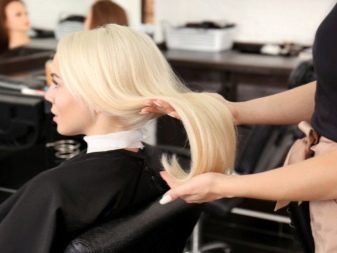
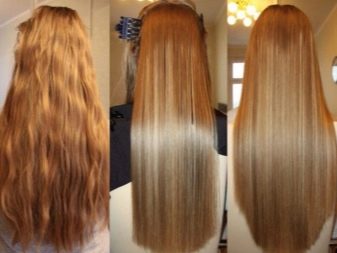
Advantages and disadvantages
After the hairdresser applies a special composition to the client's strands, it remains only to wait - the effect of the substance has already begun. It envelops literally every hair, seals hair scales, ends. Hair adds volume, becomes heavier, smoothes out significantly, acquires perfect shine and volume. Laminated hair is manageable and silky curls. And this external effect is a definite plus of this cosmetic manipulation.
What the procedure gives:
- the number of visible split ends will decrease;
- the strands will become soft;
- the hair will be evened out, an even cut will be noticeable;
- electrification and fluffiness of hair will practically disappear;
- time spent on installation will be seriously reduced;
- the protective film formed on the hair during lamination will protect it from the adverse effects of weather conditions.
The benefit of lamination is that you can tame stubborn hair, put it in order, which will change the external image of a woman a lot.
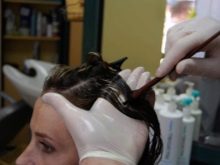

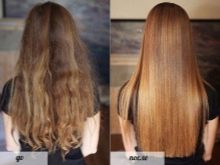
But it cannot be said that there is not a single drawback in lamination. Each client, sitting in the master's chair, should understand that this is a temporary measure. Lamination will not be permanent and persistent, and the growing hair will begin to behave the way nature and the care you have organized will "command" it. The main harm of the procedure is that it will not work out to call the composition of the used substance environmentally friendly.
True, if you make it yourself, at home, changing the salon chemical composition to a mixture with gelatin, the harm will be much less.
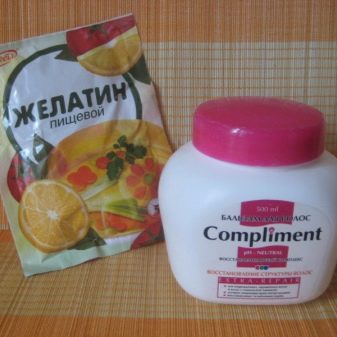

Who shouldn't have hair laminated:
- clients whose scalp has wounds and injuries, even minor ones;
- Women who have severe hair loss (weakened hair follicles)
- clients with exacerbated chronic diseases - the effect of the chemical composition can aggravate the painful condition;
- those who are allergic to the components of the composition.
It is undesirable for pregnant women to do lamination, but this is not an absolute contraindication. And yet, during the gestation period, the hormonal background of the female body is special, and no specialist can guarantee that the effect will be achieved one hundred percent. Finally, the expectant mother should not once again breathe "chemistry". There may not be any consequences, but pregnancy is not the time to experiment.
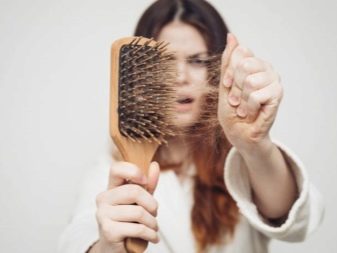

Varieties
The main types of lamination are colored and transparent. The essence lies in their name. Transparent is a standard hair soldering procedure that results in a woman leaving the salon with the same hair color, but with a renewed, healthy look.
In the case of a colored version, the procedure is combined with staining. A coloring pigment is added to the composition, which should envelop each hair. This is a classic version of lamination, when the hair also changed color and with it their structure visually changed.
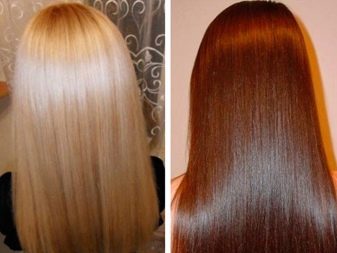
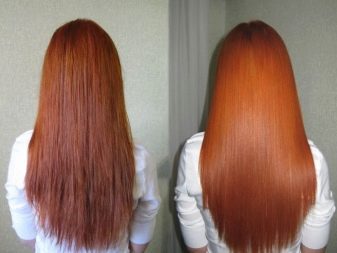
Also, lamination is salon and home. The latter differs not only in the location of the procedure, but also in the composition that is applied to the hair. Home lamination uses gelatin. Enough of it, hair balm and water, to seriously transform hair.The effect will not be as striking as after the salon, but several courses of home lamination will have a cumulative effect. In addition, such a home session can be performed frequently.

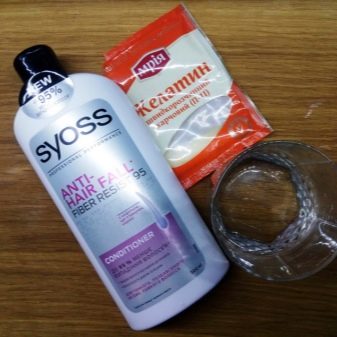
The hot lamination method is considered laborious and difficult, the laminate composition is applied to damp curls. Then the master will warm them up with a powerful straightening iron through a protective cap. Heating the strand will give the effect of an active transfer of substances from the composition. But for not the healthiest hair, this method will not work: there are risks to weaken them even more. High temperature exposure is always stressful for the hairstyle, but healthy hair can survive it without much loss, and split ends and brittle ones are unlikely.
The cold method consists in the initial cleaning of the hair, after which an intensive nourishing mask is applied to it. Then the master will apply a laminating compound to the curls. It will stay on your hair for about half an hour, then the master will wash it off. The next stage is a restorative and fixing mask. Cold lamination can also be done at home if you understand the essence of the process and follow the instructions.
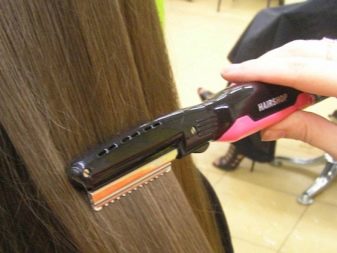
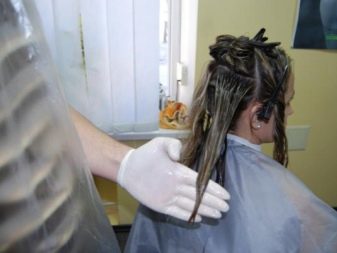
Phytolamination and ecolamination are considered not so much types as types of hair lamination. The latter presupposes the inclusion of strictly natural components in the composition (the declared name does not always correspond to the truth); during phytolamination, phytoextracts and vitamins are included in the formula of the product. Some of these formulations give a slight tint effect.
Glazing of hair is also somewhat different from the classics. With it, the hair is not only enveloped with a protective film, but also colored. The substance used for lamination contains active ceramides. Manipulation refers to the initial form of the procedure - elumination, which was aimed primarily at dyeing the hair.
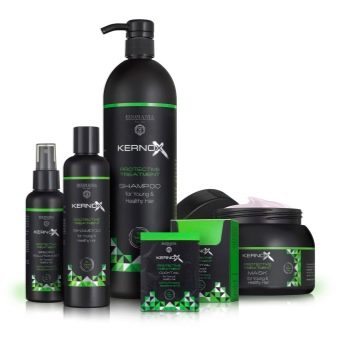
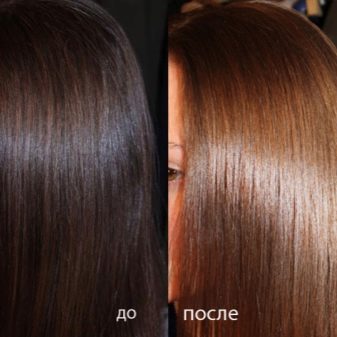
Who is it suitable for?
The procedure can be useful for women with any type of hair. In particular, clients often turn to the master, who complain about insufficiently lush and voluminous hair, thin and lifeless.
Lamination effect for different hair.
- For curly ones. Curly curls will not be able to become perfectly straight, but they will definitely add volume and strength. Often, because of its disobedience, curly hair seems dull and lifeless, but lamination seems to breathe life into it.
A good way to try on a new look if you have been "commanded" by wayward curls all your life. But the master must warn that lamination is not perfect straightening.
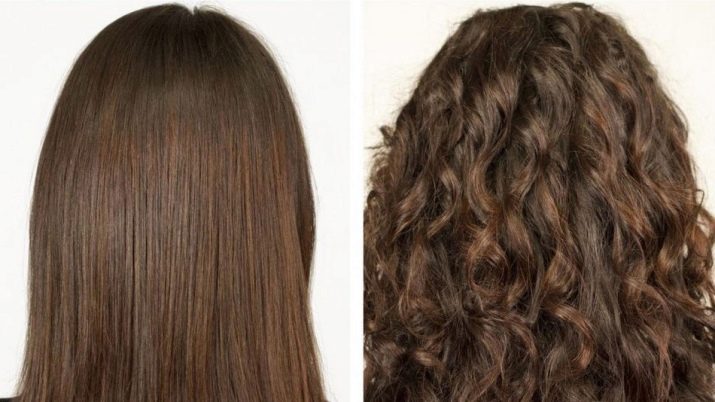
- For short ones. There is no reason for short hair owners to skip lamination. If a woman has done a haircut, but her hair lacks shine, obedience, which is why it is impossible to boast of a new hairstyle, to present it in all its glory, then lamination in this situation will become a lifesaver.
The procedure will elegantly emphasize the hair after complex coloring - with soft overflows, transitions and shades.
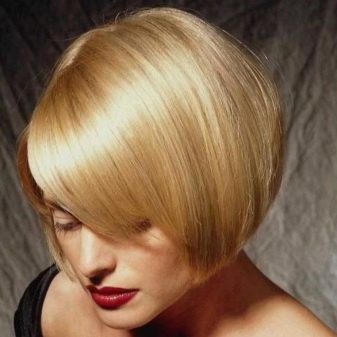
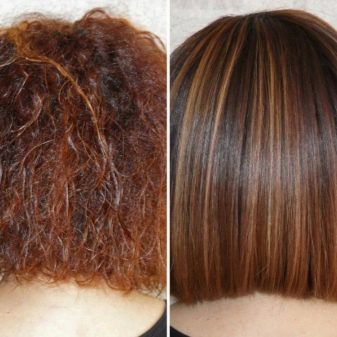
- For curly ones. Perfectly straightening the hair will not work, but if the strands curl slightly, the procedure will be able to make them straight. If the curls resemble springs, you need to consult with the master - only by seeing your hair, he will make an accurate forecast.
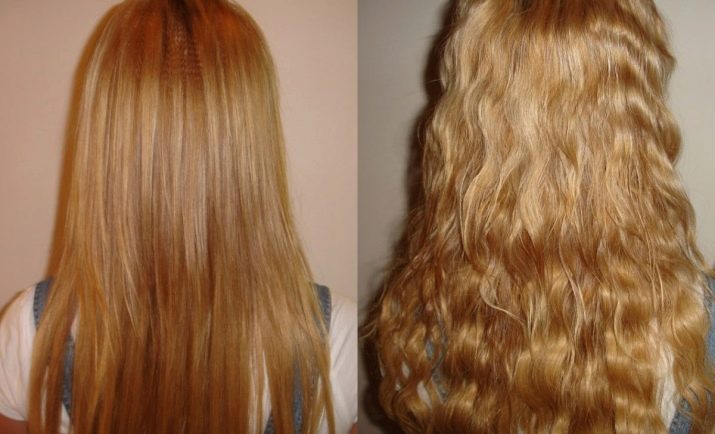
- For the thin ones. If the hair is thin, but not too weakened, well-groomed, lamination will make it heavier, add volume. But if the hair is thin and weak, weighing it down will lead to brittleness. Hair will begin to fall out. However, many salons now offer light lamination, which is also suitable for thin hair.
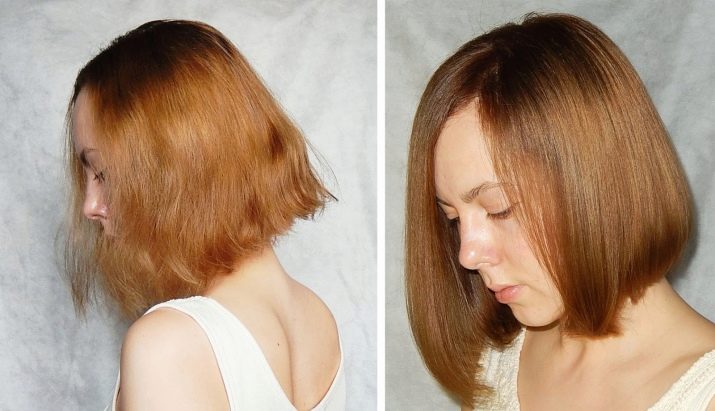
- For thick and hard. There are several options here. Keep in mind that the procedure will inevitably make the hair heavier, and in this case the saying “the best is the enemy of the good” perfectly describes this situation. But if the hair is of moderate thickness and you want to "curb" it, make it obedient and even, lamination can do an excellent job of this task.
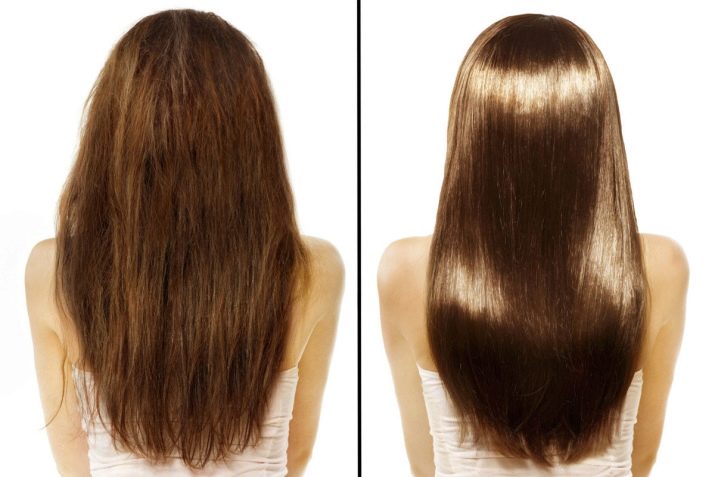
It is necessary to decide whether to do lamination or not after consultation with the master.A competent specialist will not set the time and date on the phone without seeing or touching your hair. If he realizes that in a particular case lamination is not suitable for the client, he will offer an alternative service.
Compositions and components
Many leading developers offer a package of products: this is a whole set consisting of different forms of lamination products, which, when used together, give the desired effect.
The complex may include:
- shampoo;
- hot phase products;
- massage serum;
- mask or balm;
- spray with liquid silk.
Silk protein is a component often used in cosmetics for lamination, it is he who helps curls shine and shine after the procedure. The product nourishes the hair well, moisturizes and protects. In addition to silk proteins, the complex may include magnolia extract.
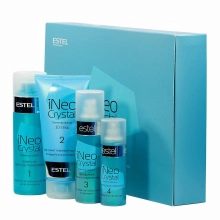
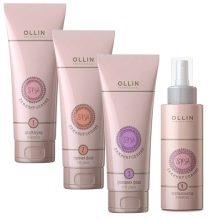

Lamination algorithm with the above composition.
- First, a cleansing shampoo is applied to damp curls. It is enough to hold it for a couple of minutes, rinse it off. If necessary, the procedure is repeated.
- Next, the preparation of the hot phase is applied, which is kept on the hair for 7 minutes. It also rinses well with water.
- Then the massage serum is distributed over the curls, it is kept for about 5 minutes, washed off.
- Then the master will take the laminating gel, which does not need to be washed off.
- The mask included in the complex is used immediately and then once a week - it will maintain the effect of lamination.
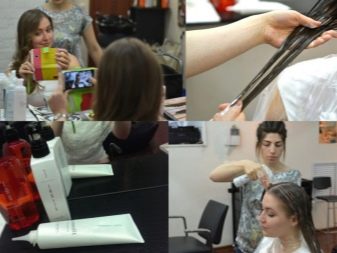
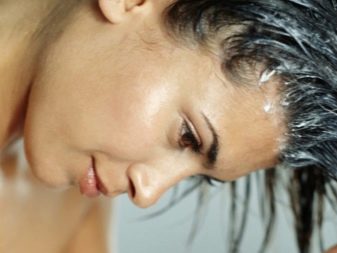
In some cases, lamination products also include a special fortified composition: it helps to heal the hair, deeply affecting its structure, nourishing and stimulating renewal. This gel may include a keratin complex, menthol, as well as moringa oil, guar gum, chitosin. The gel is also enriched at the expense of fatty acids, wheat proteins, silicone.
Professional lamination can also include fortified spray as well as cosmetic oil. There are also recipes with coconut milk. If it is a colored lamination, the complex includes paint.
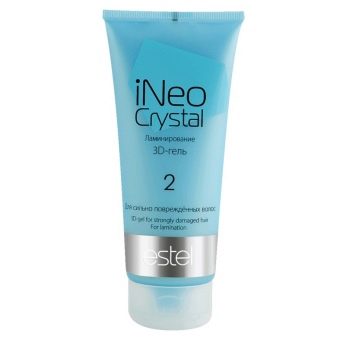
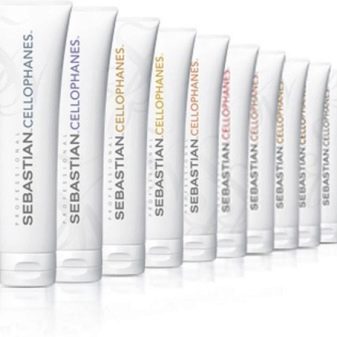
The essence of the procedure
In-salon lamination is not the cheapest procedure. But the effect is well worth the money, especially if you are confident in the master.
The session consists of five main stages.
- The master washes hair with a special shampoo that removes scales. Then the hair is dried.
- At the hot stage, each strand is covered with a regenerating compound that fills in voids and various roughness, unevenness of the structure. After that, the head of the client is wrapped in a warming cap, it should be kept on the hair for 20 minutes. Due to this, the substance penetrates deep into the rod.
- Next, oil is applied, the purpose of this step is to restore and protect the hair.
- Cold stage. The curls are covered with a new composition. If they are of medium length, they hold it for 5 minutes; on long ones, you need to keep it longer - about 10 minutes.
- At the final stage of lamination, the hair is covered with an enveloping composition, the components of which fill the pores and smooth the curls. This allows you to achieve elasticity, smoothness, weighting of the strands.
All that remains is to rinse your hair deeply and start styling. Everything is done in stages, some formulations reinforce the action of others. The temperature of the composition depends on whether hot or cold lamination is performed.
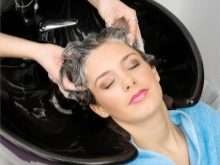
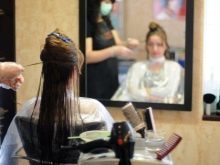
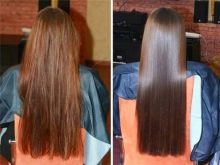
If you're having trouble getting your hair in a salon, you can try home lamination. Such a mixture can be based on, for example, castor oil. It is enough for a one-time procedure of one spoonful of butter, one chicken egg, two tablespoons of mayonnaise and four tablespoons of kefir. The composition mixed into a gruel is applied to clean and slightly damp hair. Then the head should be insulated with a cap or a plastic cap with a towel on top.
Homemade composition is kept on the hair for about half an hour. Then the strands are thoroughly washed with warm water. But the water should be just warm, not hot. If your hair is dry and looks greasy, you can use a shampoo wash.The procedure must be repeated once a week for a month.

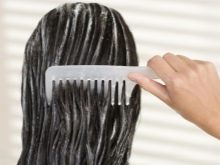
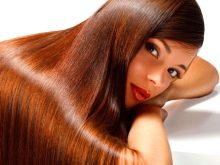
How long does it last?
The effect will last from 1 to 3 months. It depends on the initial state of the hair, and on the composition used, and on the qualifications of the master. Subsequent hair care is also important. If, for example, a client could not stand the allotted time and literally washed her hair 2-3 days after lamination, there is no need to count on a long-term effect.
The shortest shelf life of the effect after the procedure is 3 weeks, on average, shiny and smooth hair remains for 6-7 weeks. If staining is planned, do it before lamination. Due to the fact that there will be a protective film on the hair, the dye may not penetrate deeply enough into the hair shaft. Alternatively, do color lamination in conjunction with painting.
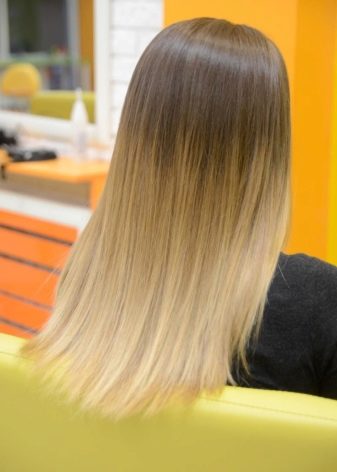
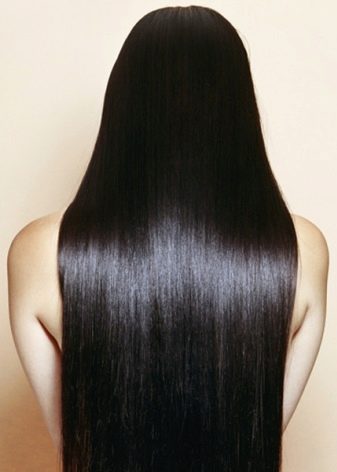
With home lamination, everything is a little different - it only lasts for a week if you are doing the procedure for the first time. Therefore, it is advised to laminate the curls at home literally every week for a month, then take a short break. The session demonstrates a cumulative effect, each time the condition of the hair after it will improve.
Home lamination is considered especially effective, which simple gelatin helps to perform. The food element contains natural collagen, valuable amino acids, protein, as well as cellulose, dietary fiber, trace elements and vitamins, all together this helps to gently restore hair. In addition, gelatin is able to cover the hair with a protective film, due to which the curls seem more elastic, voluminous. Inherent in such lamination and masking split ends.
Gelatin, although it washes off quickly compared to salon care, is not so aggressive for hair, therefore you can do several procedures in a row. In addition, at the price, home lamination is several times cheaper than salon lamination: if you want to save money, you cannot find a better option.
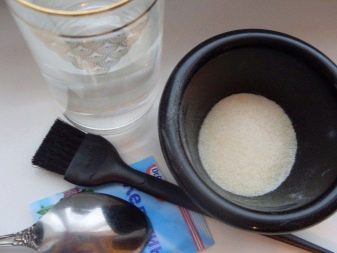
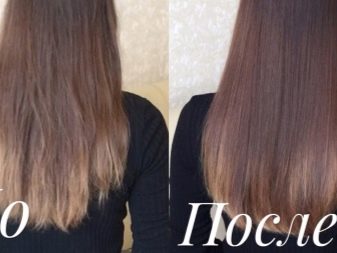
Classic recipe for gelatin lamination:
- Pour 1 tablespoon of fresh gelatin into a small saucepan;
- add 3 tablespoons of cooled boiled water there, mix well;
- Be sure to cover the pan with a lid, leave the mixture to swell for 20 minutes;
- if you find lumps in a swollen mixture, you should heat the composition - then they will go away;
- make sure that the laminator does not boil, because gelatin in this state tends to lose its effectiveness, and it is not difficult for it to burn;
- add a teaspoon of your favorite hair balm / mask to the resulting mass;
- if you see that the mixture is watery, add a little more balm;
- rinse hair with regular shampoo, pat dry with a towel, but leave a little damp;
- apply the prepared mixture to damp hair, but so that it does not end up on the scalp - you will have to retreat a couple of centimeters from the roots;
- do it quickly, because the mass can freeze in the pan (if it is still frozen, it needs to be heated);
- after processing, cover the hair with cling film or a shower cap, warm it on top with a towel or a thick scarf;
- to improve the action, the wrapped hair can be heated with a hairdryer for 10 minutes - this way the gelatin mixture penetrates better into the hair shaft;
- to fix the effect, rinse the curls with water and lemon juice.


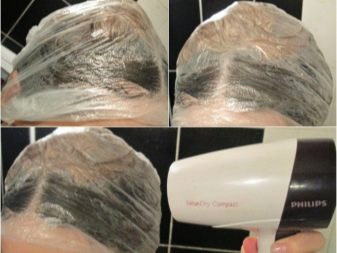
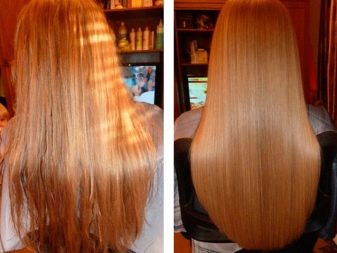
The proportions given in this diagram are taken for shoulder-length hair, the mass of the composition must be increased according to the length. If not all of the mixture has been used, it should not be reapplied. Remember the basic rule: 1 part gelatin to 3 parts liquid.
Recipes can be complicated by the addition of other ingredients, such as vegetable oils. Gelatin can be laminated to hair once a week for 1-3 months. This frequency allows you to consolidate the result.
Only in the case of the recorded discomfort caused by the session, should you abandon the home procedure. Usually gelatin lamination is not a problem.
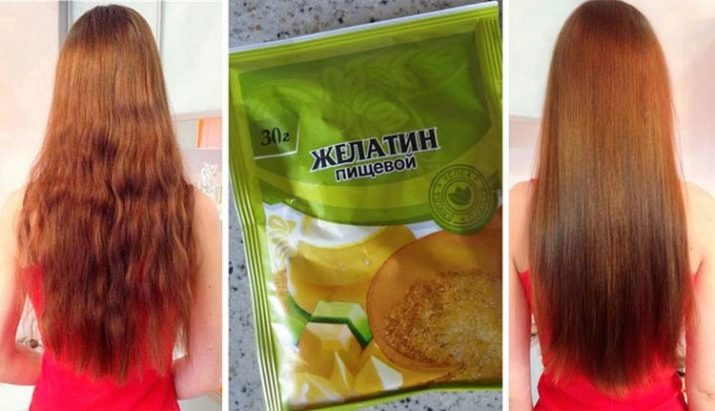
For information on how to lamination hair with gelatin at home, see the next video.
Follow-up care
If you neglect the advice of the masters, even the highest quality lamination will not last long on curls. The first and main recommendation is not to wash your hair for at least two days after lamination. And not only do not wash, but also do not allow any action of moisture on the hair. And this is precipitation, and a change in climate (high humidity), and steam in the kitchen. Do not allow yourself in these early days to use a hair dryer, curling irons, irons - exposure to high temperatures at this time is also highly undesirable.

Important Care Tips.
- Shampoo used in the first weeks after lamination should be gentle and gentle. This means that the concentration of alkalis in it is minimal.
- If the master does not mind, use reducing agents with ultraviolet filtration of the elements.
- 5-7 days after lamination, every day for a week, you can massage the scalp using a minuscule amount of vegetable oil.
- Revitalizing hair applications will have to be postponed for a while - the protective laminating layer will nevertheless nullify all efforts.
- It is great if you choose products of the same brand as the laminator compound as your basic hair care products. The formulas of such products are similar, their components will not conflict, which means that your hair will only benefit from such a union.
- Peels and scrubs for the scalp, no matter how good they are, should not be used for at least a month after lamination. It is worth giving up any alcohol-based hair products, and hairspray for fixing hairstyles too.
- Combs should be made from natural materials. The best option is a wooden comb.
- In the future, hair can be dried with a hairdryer, but the device should be kept 30 cm from the head. The total time of thermal action should not exceed 15 minutes. If you use a curling iron or iron, also try to keep them to a minimum.
- Re-lamination can be addressed 1.5-3 months after the first.
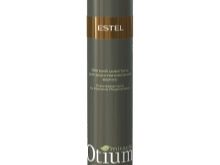
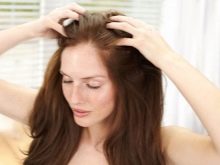
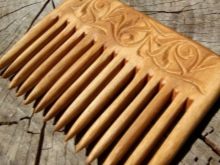
Some clients are upset by the fact that following carefully all the procedures for caring for laminated hair, they lead to the fact that curls begin to grow faster. And this is logical: massage, oils, the use of good combs - all this "wakes up" the hair follicles. But the faster the hair grows back, the brighter the difference between natural hair in the root zone and those that have undergone lamination is visible. There is only one way out: to alternate salon lamination with harmless home lamination.
Reviews
Summarizing the numerous reviews on forums and special resources dedicated to hairstyles and hair care, we can say that lamination remains a demanded procedure, although the boom in lamination has already passed. She had too many competitors, and the need to repeat the procedure over and over again made many women disappointed in the aesthetic sealing of hair.
But home lamination, on the contrary, is gaining more and more new fans. Ease of action, working recipes, affordable price - all this made home procedures popular. And to consolidate the effect after, for example, gelatin lamination, you can use a special series of shampoos-laminators, balms and masks-laminators.
